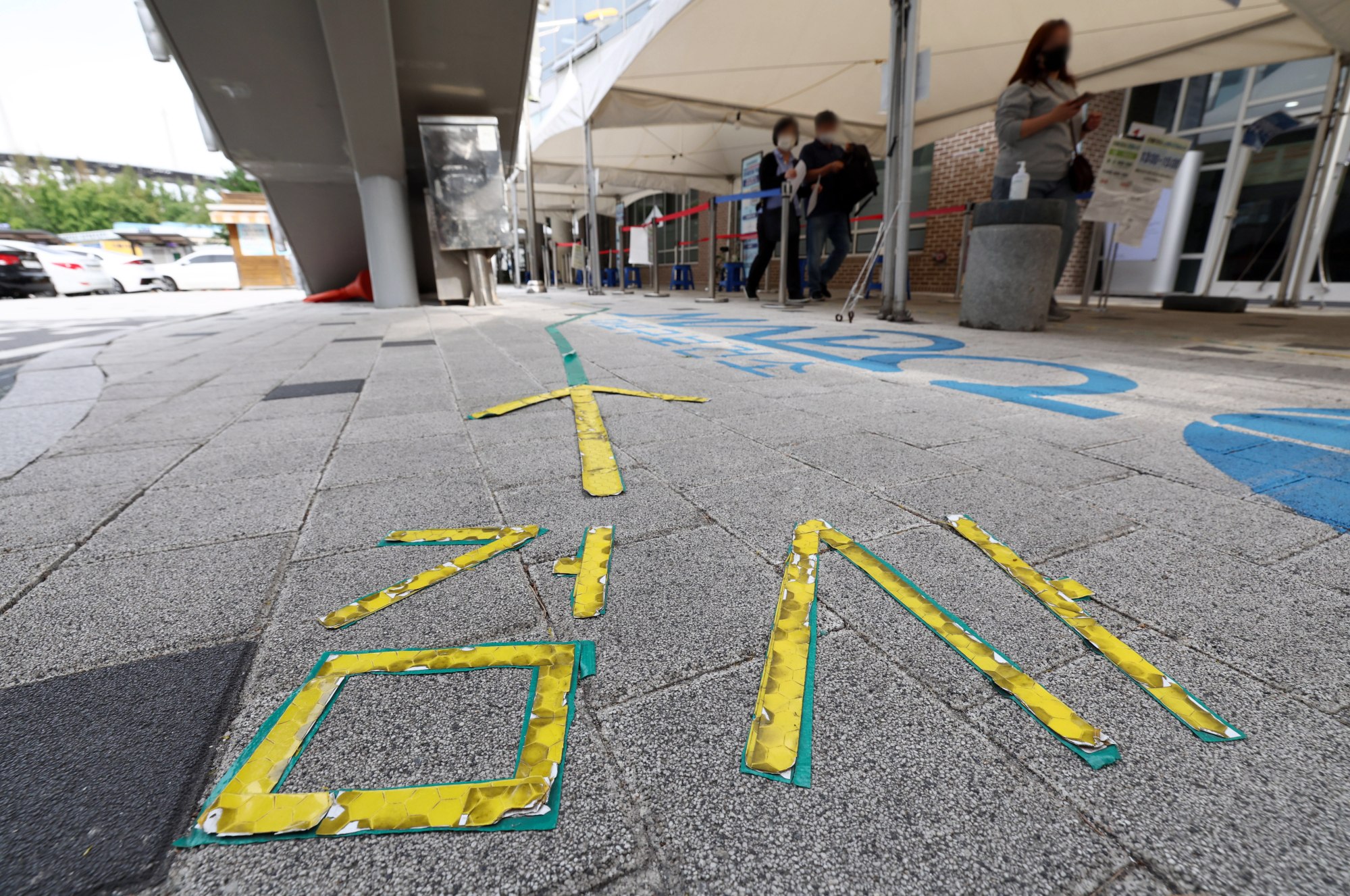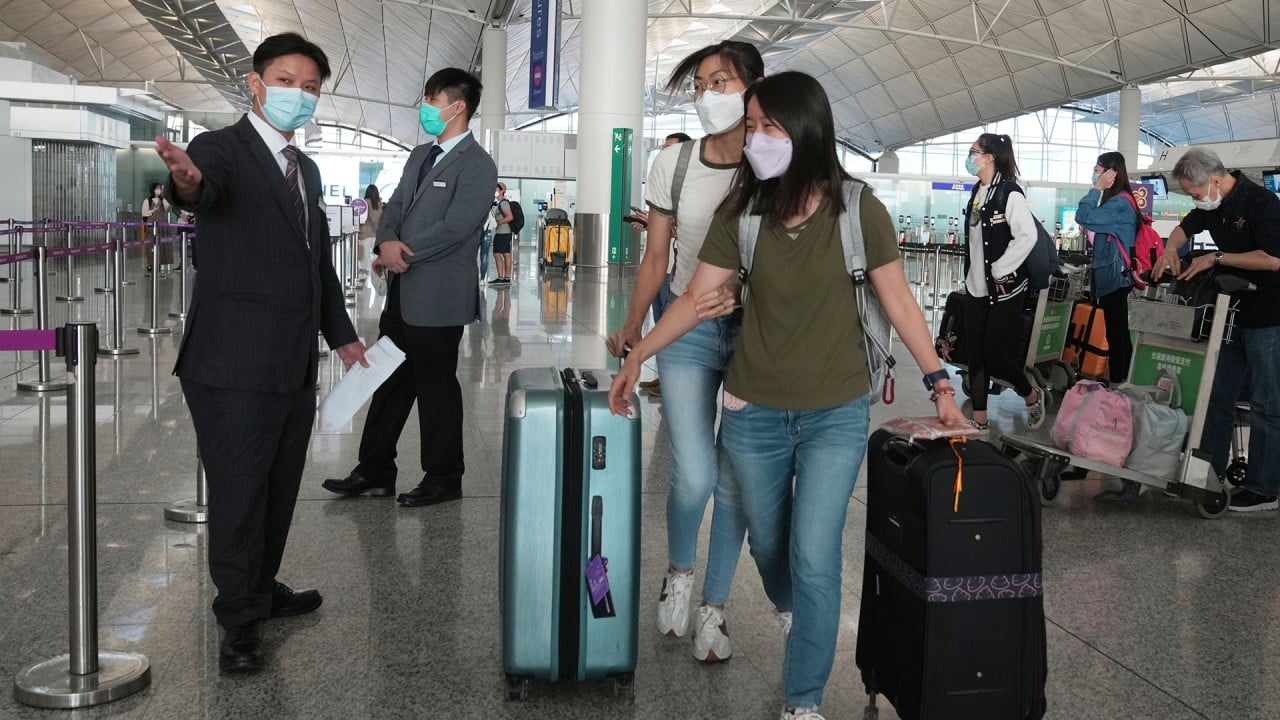
Why East Asia has an edge in keeping off the worst of Covid-19
- From Japan to Singapore, East Asia’s developed economies continue to report remarkably fewer infections and deaths
- This is despite the early vaccine advantages of their rich Western peers, and even as milder variants lower death rates globally
But differences remain, particularly between rich and poor nations, and between the East and the West. Looking at the top 12 nations with the most Covid-19 cases so far – namely and in order, the United States, India, France, Brazil, Germany, South Korea, the United Kingdom, Italy, Japan, Russia, Türkiye and Spain – three trends can be seen.
Second, the mortality rate also shows a global skew among the unfortunate dozen. The US remains well ahead with 3,250 deaths per million, leading a group of rich nations where deaths range from nearly 1,800 per million in Germany to more than 2,900 in Italy, with the UK, France and Spain lying in between.
Thirdly, Japan’s unique numbers illustrate the singularity of East Asia’s Covid-19 experience. Japan is a rich industrial nation with a large population (about 126 million), yet its Covid-19 statistics appear closer to the lower rates reported by the poor ones.
Japan’s case is representative of a larger anomaly, the singularity of what appears to be an East Asian “edge” in the Covid-19 pandemic. South Korea’s record has recently deteriorated but even here, there is a shadow of the East Asian edge – a still low deaths-per-million rate of around 560.

So, we seem to be left with the summary conclusion that East Asia has very well resisted the worst effects of Covid-19 and continues to do so, despite the later advantages of better vaccination availability and take-up in the richer nations of Europe and the US.
So, East Asia is generally seeing fewer Covid-19 cases than the rich Western nations. But when it comes to death rates, the divide is massive. The US-UK-Germany average stands at about 2,611 deaths per million. East Asia’s death rates as a percentage of this are as follows: Japan 14 per cent, South Korea 21 per cent, Taiwan 19 per cent, Hong Kong 51.5 per cent, Singapore 10.5 per cent.
This shows that a very significant divergence still exists between rich Western and rich East Asian nations post-vaccines.
Almost certainly, the lower Covid-19 rates in East Asia result from two elements working in the same direction.
Although East Asia was slower in vaccination, this was at a time when the virus varieties were milder, so the impact of Covid-19 was less. It is also under-reported as many younger adults self-healed.
Second, even without the vaccines, this means that older people, who had previously accounted for almost all morbidity, now more often survived, reducing the mortality statistics. So, the advantages shown by East Asia throughout the earlier period of the pandemic were by no means wiped out by the lateness of their vaccine programmes, for they were being hit by a less potent viral enemy. Nor did earlier vaccination in richer nations outside East Asia have enough impact to cancel out their earlier poor performances.
The Chinese government’s very fast and firm action, its instruments of monitoring and controlling behaviour in and out of lockdowns, and its swift development, adaptation and dispersal of vaccines are measurable and all work in the same direction, to bring the figures down.
It may be that in national emergencies, especially ones coming from outside, a more authoritarian governance has advantages in having a culture of civil society acquiescence. Such cannot be said of Western governments generally, which even after the scientists of leading nations came up with effective vaccines, managed to quarrel, debate or confuse in such a manner that effective global vaccination was all too slow in coming.
Ian Inkster, PhD, is professorial research associate at the Centre of Taiwan Studies, SOAS, University of London



